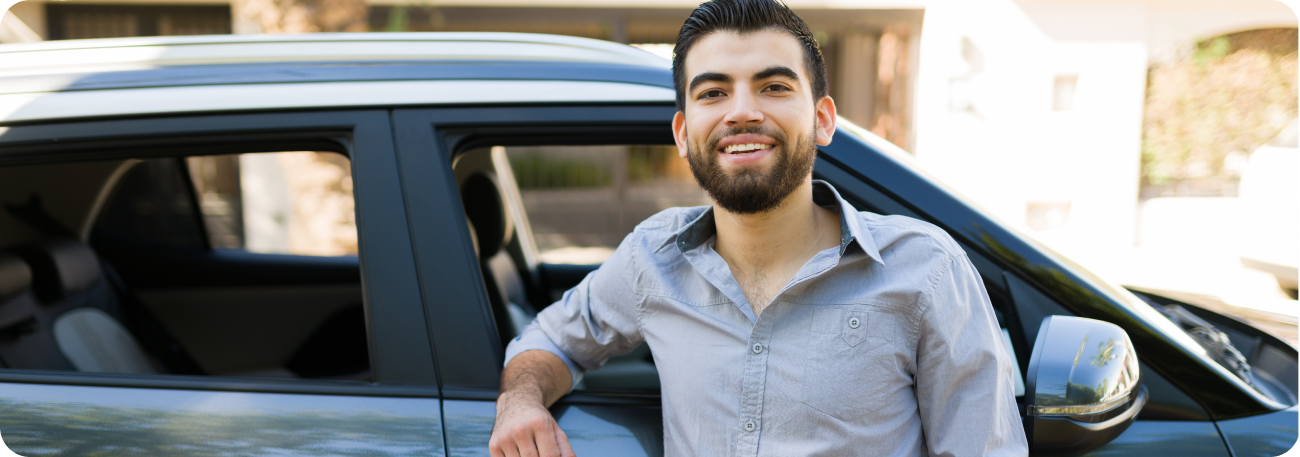

Trust & safety
Your personal safety
Take a deep breath, Avail has your back, and we make sure you’re supported and protected around every turn. Here’s how we make sure you and your car are ready for the road.

Pre-screening borrowers and owners
We vet all borrowers and owners when they create an Avail account to make sure they have a clean driving record. Try car sharing with the peace of mind knowing you’re part of a responsible community of people like you.

No “stranger danger”
Some car sharing companies make the borrower and owner organize an in-person key exchange for pick up and drop off. But with Avail, you’ll pick up and drop off your car using our self-service key boxes — no meet up required.

Protecting your information
We keep all of your personal information and payment information encrypted and secure. Car owners will never have a borrower’s personal information, and vice versa. We handle all communication and facilitate the entire sharing process for a safe, stress-free experience.

Pre-screening borrowers and owners
We vet all borrowers and owners when they create an Avail account to make sure they have a clean driving record. Try car sharing with the peace of mind knowing you’re part of a responsible community of people like you.

No “stranger danger”
Some car sharing companies make the borrower and owner organize an in-person key exchange for pick up and drop off. But with Avail, you’ll pick up and drop off your car using our self-service key boxes — no meet up required.

Protecting your information
We keep all of your personal information and payment information encrypted and secure. Car owners will never have a borrower’s personal information, and vice versa. We handle all communication and facilitate the entire sharing process for a safe, stress-free experience.
